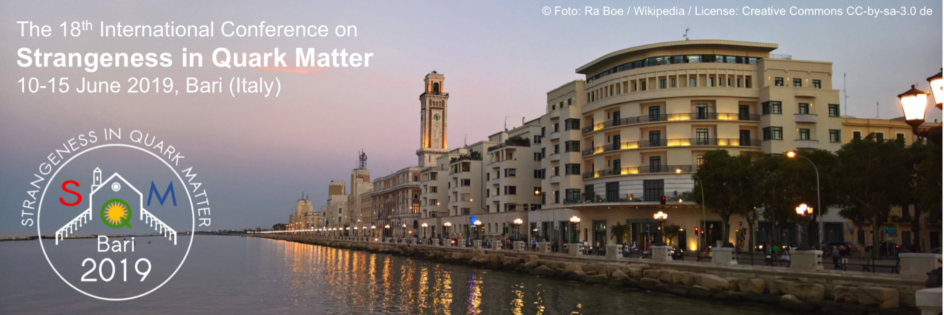Speaker
Description
In ultra-relativistic heavy-ion collisions, where the formation of a high-density colour-deconfined medium, the Quark-Gluon Plasma (QGP), is expected, heavy quarks are considered as an effective probe for investigating the properties of such a medium. Indeed, they are produced in scattering processes with large momentum transfer in the early stage of the collision and traverse the medium while interacting with its constituents, thus experiencing its full evolution. Measurements in proton-nucleus (p--Pb) collisions and their comparison to pp results provide a tool to constrain the presence of other effects not related to the presence of the QGP, the so-called Cold Nuclear Matter (CNM) effects.
Angular correlations of heavy-flavour particles with charged particles in pp collisions allow us to characterize the heavy-quark fragmentation and production mechanisms. Differences between the measurements in pp and p-Pb collisions can shed light on how cold nuclear matter effects affect the heavy-quark production and the fragmentation into heavy-flavour jets.
Furthermore, measurements of angular correlations of heavy-flavour particles with charged particles as a function of the multiplicity in p-Pb collisions allow us to investigate the collective behavior of the system or initial-state effects. In addition, they can give insights into the possible modification of the heavy-quark fragmentation and hadronisation in different centrality classes.
In this contribution, we will present ALICE results on heavy-flavour azimuthal correlations with charged particles in p--Pb collisions at $\sqrt{s_\mathrm{NN}}$ = 5.02 TeV. In particular, we will show the results obtained from D-meson azimuthal correlations with charged particles compared with Monte Carlo simulation expectations and the $v_{\rm 2}$ of heavy-flavour hadron decay electrons in high-multiplicity p-Pb collisions.
| Track | Heavy Flavour |
|---|---|
| Collaboration name | ALICE Collaboration |
